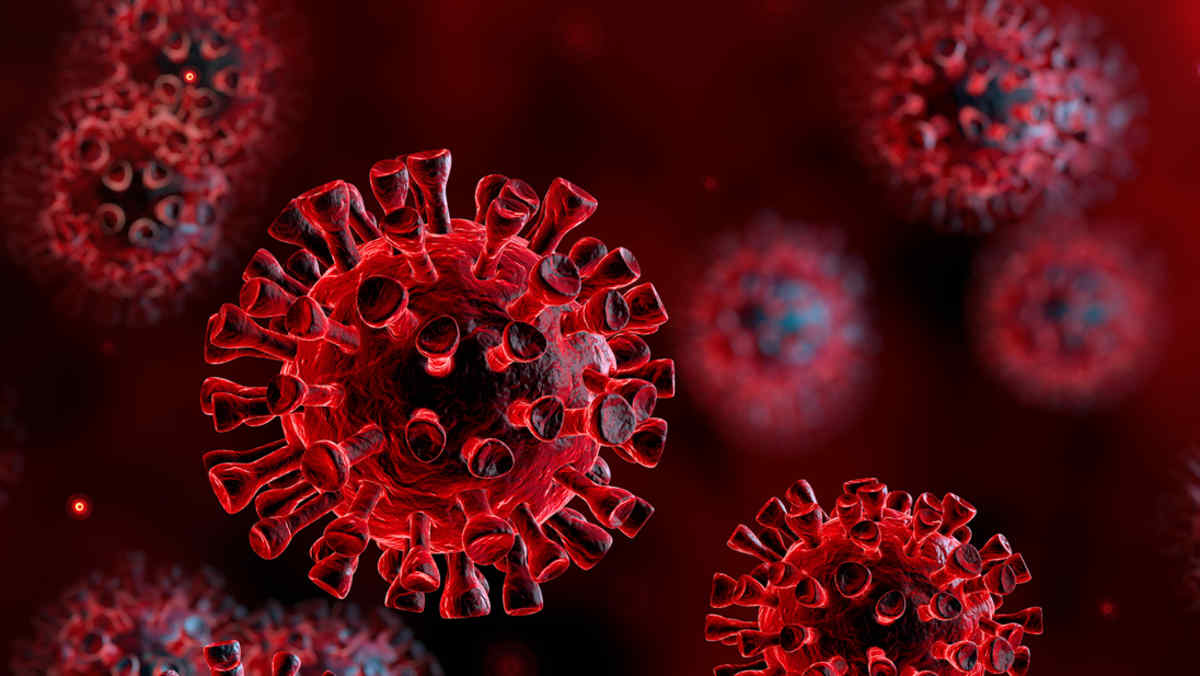

?On May 7, the California Division of Occupational Safety and Health (Cal/OSHA) issued updated Frequently Asked Questions (FAQs) to the third readoption of the state COVID-19 Emergency Temporary Standard (3rd Revised ETS), which was approved April 21 and is now in effect. The 3rd Revised ETS continues many of the same obligations set out in prior versions, but also sets forth substantive changes about which Cal/OSHA promised to provide guidance.
In addition to repeating previous guidance, there are notable changes in the FAQs worth specific mention.
Vaccination Status
The FAQs reiterate that the 3rd Revised ETS applies equally to vaccinated and unvaccinated employees, regardless of status. Employers are not required to document vaccination status for purposes of the ETS but still may do so.
Testing
The FAQs continue to provide that over-the-counter tests that use digital reporting with time- and date-stamped results are acceptable.
Definition of ‘Close Contact’
The FAQs affirm that the definition of a “close contact” remains being within six feet of a COVID-19 case for 15 cumulative minutes unless the California Department of Public Health (CDPH) changes the definition by regulation or order. There had been concern that the CDPH’s current guidance, which defines a close contact as sharing the same air space as a COVID-19 case, would become the operative definition.
Close Contact Exclusion
The 3rd Revised ETS requires that employers review current CDPH guidance for persons who had close contact with someone who tested positive for COVID-19, including any guidance regarding quarantine or other measures to reduce transmission. Based on this review, employers should develop, implement and maintain effective policies to help prevent transmission of COVID-19 by persons who had close contacts. The text of the 3rd Revised ETS does not explicitly require that employers implement quarantine policies.
The FAQs take a more hardline position and affirmatively state that employers are to implement quarantine and other measure to prevent COVID-19 transmission in the workplace. Although not rooted in the text of the 3rd Revised ETS, it is more than likely that Cal/OSHA will deem measures short of any recommended quarantine to be ineffective. The FAQs then refer to two tables that contain CDPH guidance for close contacts. Unless an employer’s worksite is a designated high-risk setting (e.g., health care setting, adult and senior care facility, correctional facility), close contact exclusion depends on whether the employee is experiencing COVID-19 symptoms.
Notably, the FAQs provide that asymptomatic individuals must test three to five days after exposure, but fail to address situation where an employee is unable or refuses to test. Presumably, the employer is charged with coming up with an effective policy. The FAQs are somewhat clearer with respect to symptomatic close contacts, requiring that symptomatic employees be excluded from the worksite until they receive a negative test result, and stating that employees who refuse or cannot test remain excluded for 10 days.
However, the FAQs recommend that employees using antigen tests remain excluded and retest one to two days after the initial test, particularly if testing during the first one to two days of symptoms. Once again, the FAQs fail to provide clear guidance as to what is required, and employers must decide for themselves how to implement antigen testing in this circumstance.
Regardless of symptom status, an employee is required to wear a face covering for 10 days following the close contact exposure.
Eric L. Compere is an attorney with Littler in Los Angeles. Alka Ramchandani-Raj is an attorney with Littler in Walnut Creek, Calif. © 2022 Littler. All rights reserved. Reposted with permission.

